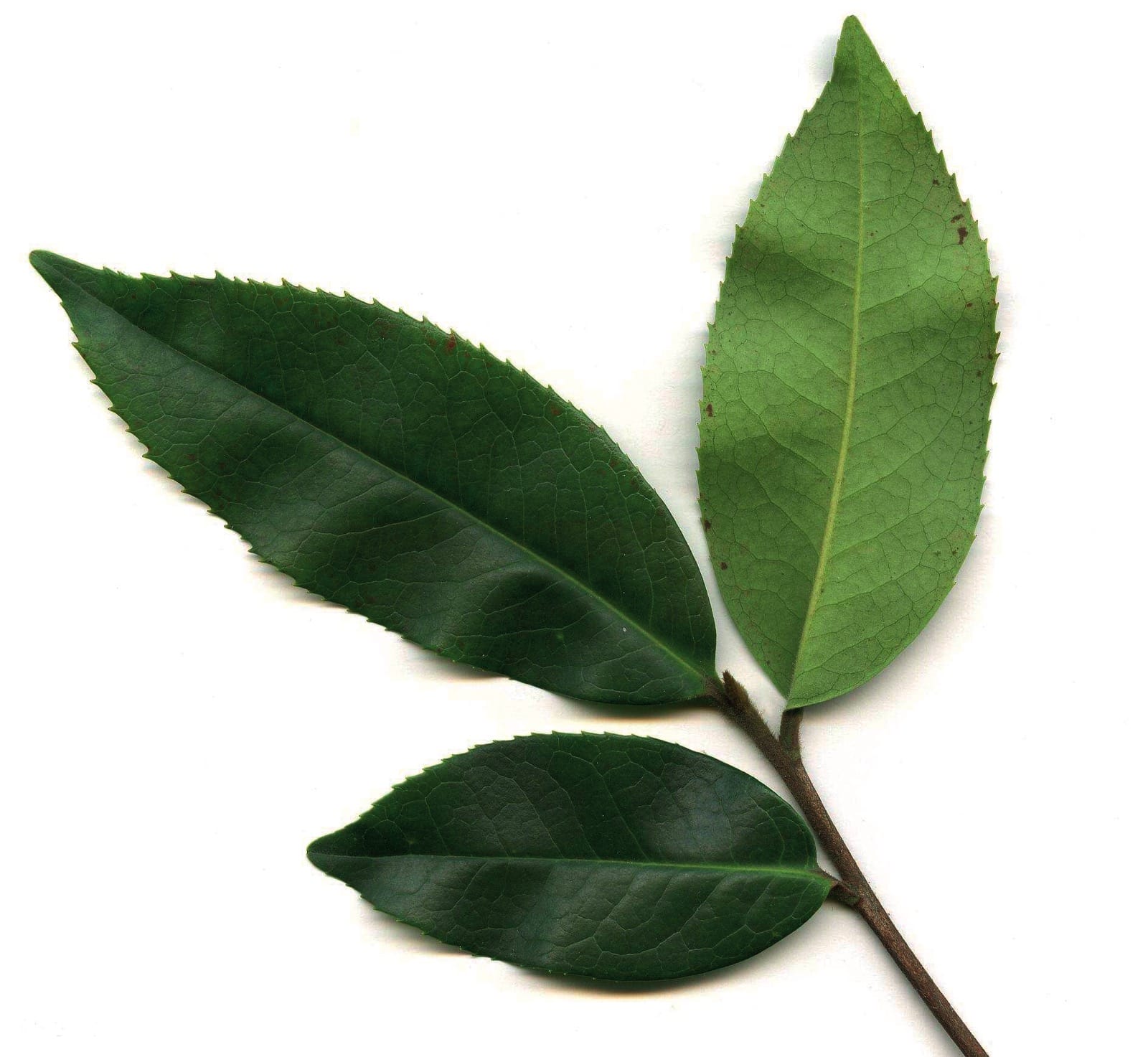Pyrenaria
Credits
Article from New Trees by John Grimshaw & Ross Bayton
Recommended citation
'Pyrenaria' from the website Trees and Shrubs Online (treesandshrubsonline.
Family
- Theaceae
Synonyms
- Tutcheria Dunn
Pyrenaria comprises about 30 species in eastern and southeastern Asia. They are evergreen trees or shrubs with alternate, spirally arranged leaves. The leaves are leathery or papery, petiolate and with serrate margins. The flowers are hermaphrodite, axillary and solitary or sometimes in clusters of two to three. They are subtended by two bracteoles, and have five to six unequal sepals, persistent or caducous, five to six petals (rarely 12), white or rarely pale yellow, slightly fused at the base, and numerous stamens, in three to six whorls. The fruit is either a capsule, which splits from the base into three to five (to six) segments, or a fleshy drupe; the seeds are wingless (Keng 1980, Stevens et al. 2004, Ming & Bartholomew 2007).
In so far as it is known in horticulture (which is hardly at all), Pyrenaria is usually described under the synonym Tutcheria (Chittenden 1951, Huxley et al. 1992 – identical text!, Hudson 2004). It is very closely related to Camellia, differing in that the capsules of Camellia dehisce from the apex, whereas in Pyrenaria they dehisce from the base or not at all; also in that the seeds are somewhat rounded in Camellia, but longitudinally compresssed in Pyrenaria. They are handsome evergreens, with dense dark green foliage, but probably require mild moist conditions to thrive. Propagation and cultivation requirements are as for Camellia.
In addition to P. spectabilis, described below, P. hirta (Hand.-Mazz.) H. Keng is being grown in a few Cornish gardens, but has yet to flower in cultivation (T. Hudson, pers. comm. 2005). It has lanceolate, glossy dark green leaves, and should produce its 4 cm-wide flowers in summer.

